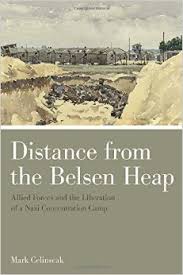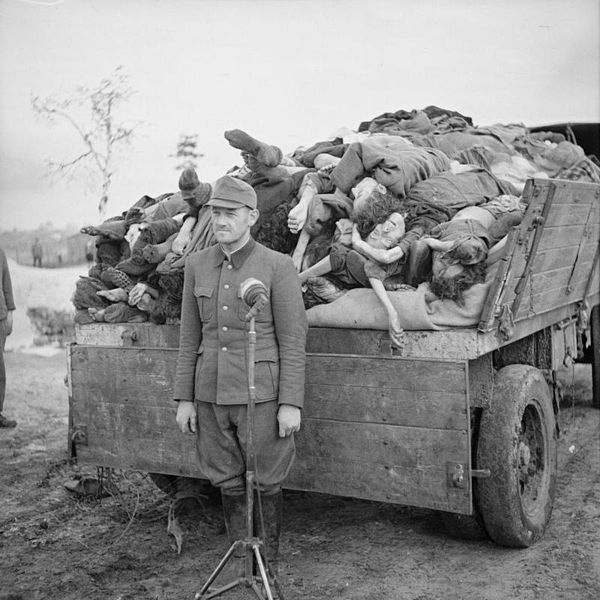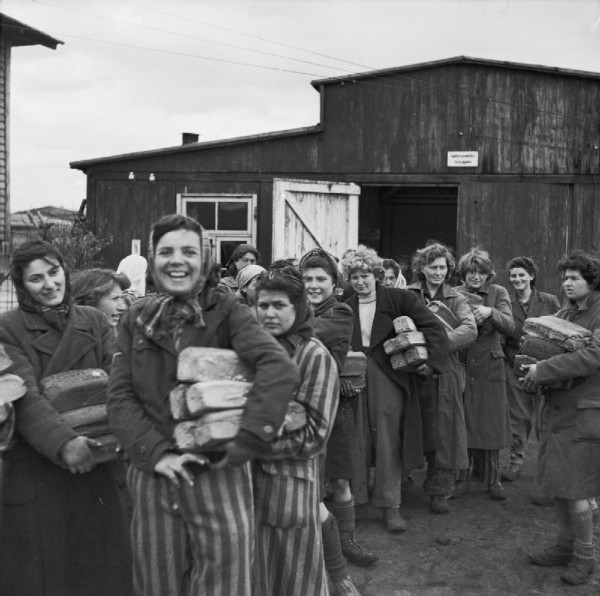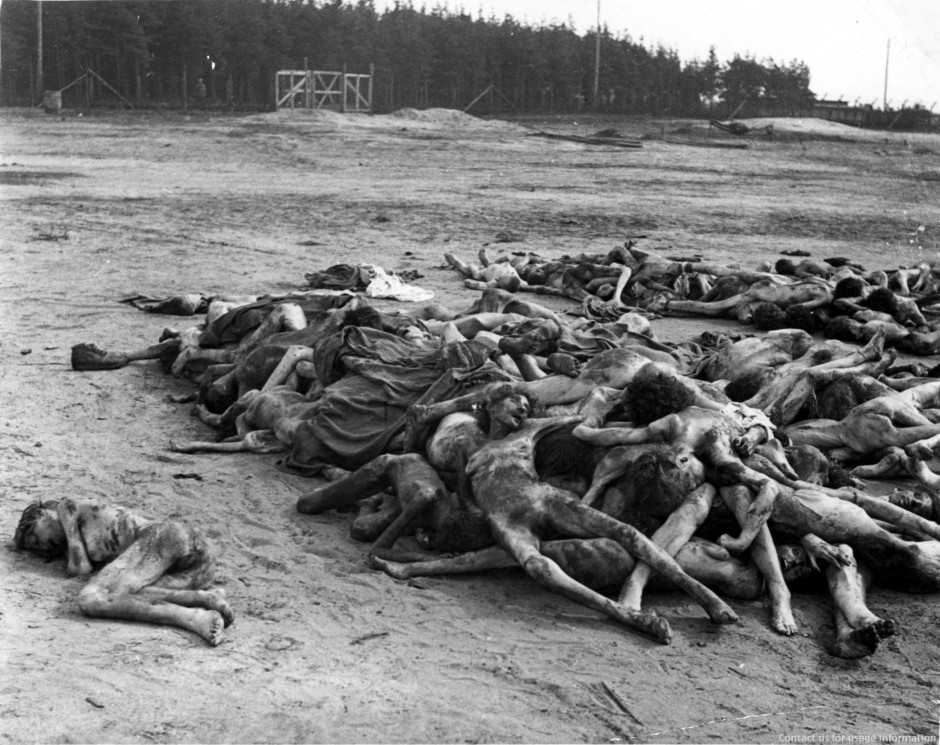When I received a copy of Mark Celinscak’s book, Distance from the Belsen Heap: Allied Forces and the Liberation of a Nazi Concentration Camp (University of Toronto Press), I was eager to read it. My parents, you see, are Holocaust survivors who were transported to Bergen-Belsen in the waning months of World War II and who witnessed its surrender to British and Canadian troops 70 years ago this past spring.

In 2005, on the 60th anniversary of its liberation, I visited the camp in my capacity as a journalist and spent several hours roaming its sylvan grounds. Although it was not an extermination center, like Auschwitz or Treblinka, Bergen-Belsen was one of the most filmed and photographed camps in Nazi Germany’s concentration camp system. “Belsen became synonymous with the crimes of the Third Reich,” writes Celinscak, a Trent University history professor, in this substantive work.
The reason for its notoriety is clear. Bergen-Belsen, where Anne Frank and her sister perished, was still a working camp when it was captured on the eve of Germany’s official capitulation. Photographers and war artists who entered the camp after its liberation were handed an unprecedented opportunity to record its horrifying realities before they were cleaned up.
Bergen-Belsen was formally liberated by the British army’s 63rd Anti-Tank Regiment on April 15, 1945. Several hours later, a Canadian battalion arrived. It consisted of, among other personnel, doctors, nurses, padres, nutritional experts and war artists like Alex Colville and Aba Bayefsky, whose careers would blossom in the postwar period.

Besides bringing in food supplies and providing medical assistance to sick and starving prisoners, the Canadians documented Nazi crimes. Celinscak is particularly interested in the Canadian dimension of this story because it has never been fully told. As he puts it, “While hundreds of Canadians became involved at Bergen-Belsen in various ways, the vast majority have been ignored or relegated to a mere footnote.”
According to Celinscak, the average Canadian soldier who entered Bergen-Belsen was clueless about it, having had “no prior comprehension of Nazi policies or procedures” and having been generally “oblivious of the historical events” that led to the formation of the Nazi concentration camp system.
As a result, they were shocked and appalled by the sight of thousands of decomposing corpses and tens of thousands of half-naked, extremely ill inmates in ragged uniforms. “The first sign that something was awry was the rancid smell wafting from the camp,” he notes. “Of the thousands of written and oral responses to the liberation and relief of Bergen-Belsen, the terrible smell, which could be detected kilometers away from the camp, was by far the most common observation.”

Leo Heaps, a Canadian Jewish officer attached to the British army, was aghast by the extent to which the prisoners had been reduced “to the state of beasts.” Consequently, many of the liberators were hard-pressed to relate to them as fellow human beings.
Allied commanders and leaders were also surprised by the horrors Bergen-Belsen secretly held. Aerial reconnaissance photographs, taken in 1942 and 1944, had identified the camp, but intelligence officials had no clear idea what was going on there.
As Celinscak suggests, the Allied liberation of Bergen-Belsen was accidental, since it had not been a military objective. “There were no plans to liberate this or any other concentration camp during the war. The British and Canadian troops who entered Bergen-Belsen on that Sunday afternoon simply happened to be in the area.”
Approximately 55 hectares (or 136 acres) in size, Bergen-Belsen variously housed about 120,000 men, women and children from 1943 to 1945. When the British and Canadians stumbled upon it, they found 60,000 prisoners, of whom 60 percent were Jewish. Prior to their arrival, 35,000 inmates had died, succumbing to starvation and disease, especially typhus.
Allied soldiers and medics saved thousands of lives, but despite the assistance they rendered, they could not help all the survivors. Fourteen thousand died after the liberation. “In other words, nearly a quarter of the total number of prisoners still alive when the British and Canadians first arrived at the camp ultimately met their demise,” he grimly observes.

Upon arriving at Bergen-Belsen, the Allies found a group of 77 SS men and women, who administered it, as well as some 2,000 Hungarian guards. They all answered to the commandant, Josef Kramer. “The lack of sympathy and remorse on the part of the camp staff, and the fact that many still operated in the camp, only increased the anger of the Allies,” says Celinscak.
At gunpoint, they were compelled to bury thousands of corpses which had been left to decay. “In addition to removing the dead, the SS and other staff were forced to subsist on stale bread and unpalatable scraps of beef,” he adds. “Typically, this inedible food was tossed to the ground, as the guards were generally not provided with plates and mess tins. Moreover, the SS were not afforded washroom facilities, thus being forced to relieve themselves in the open.”
Citing a study commissioned by the U.S. army immediately after the war, Celinscak says that most Germans in the vicinity of the camp — a region of picturesque beauty — were aware of its purpose, but ignorant of the gruesome details. As an object lesson, German civilians were paraded through Bergen-Belsen to ensure they would understand the full magnitude of Germany’s crimes against humanity.
Bergen-Belsen, as Celinscak observes, had a profound impact on the Canadians who liberated it. Soldiers were overwhelmed by the tableaux of death, and war artists like Colville and Bayefsky were deeply touched by the atrocities they had witnessed. The art historian Tom Smart has written that Bergen-Belsen “haunts” much of Colville’s postwar paintings, and Bayefsky has declared, “It was the determining factor in everything I have done since.”
In short, Bergen-Belsen left an imprint that may never be erased.
